With all the kits available, why did Art Zemon choose a 50-year-old design? It’s a question he gets often, usually followed by “Are you nuts?” The BD-4 “is not pretty,” said the 59-year-old computer engineer based at the St. Charles County Airport west of St. Louis, Missouri. “It looks like the box the airplane came in—but it is nutty efficient!”
A pilot since 1987, Zemon’s desire for a new airplane to replace his 1968 Piper Arrow began in 2006. “Stuff was wearing out [and] I wanted to replace all the mechanical stuff with modern electronic doodads.” Arrow-compatible glass “cost well into five figures, and I was simply unwilling to put that kind of money in a 40-year-old airplane. That started me noodling on the problem of what I would rather have and how I could get it.”
New store-bought airplanes were too expensive. “That left homebuilts.” To narrow the field, Zemon made a list of requirements based on his primary mission, cross-country travel:
- “Four seats; I like to give airplane rides to more than one passenger at a time,” and back seats allow for easier baggage access when traveling with his wife, Candy.
- “At least as fast as the Arrow, 150 mph, preferably faster.”
- “Roomier than the Arrow, which is 42 inches wide and has only 5 inches of back seat foot room.”
- “Fully electronic instrumentation, with no vacuum pump.”
Finally, it had to be a kit. As his first project, scratch building from plans was too daunting and time consuming. Shopping at AirVenture, Zemon found few that met his requirements. He looked at the Glasair Sportsman, but “technically, it’s a 2+2.” Van’s RV-10 “was a no-brainer,” but its six-cylinder, 235-hp engine used too much “expensive aviation gas” to cruise at 190 mph.
Surprised, Zemon said, “I kept coming back to the BD-4C. It’s stodgy, boxy, but I appreciate fine engineering more than I like looks. It cruises at 191 mph on 200 hp [soon to be 200 mph on 200 hp due to recent improvements by the factory]. Its cabin is wider and longer than the Arrow’s. And there’s no climbing onto a wing and down into the plane, something Candy and I will certainly appreciate as we approach our golden years.”
Ahead of Its Time
Jim Bede designed the BD-4 to exceed the Part 23 structural standards for Normal and Utility category aircraft, and at 1400 pounds gross weight, Acrobatic (with acro not recommended). He introduced it at EAA Rockford in 1968, and it was ahead of its time. Not only was it an all-metal four-seater, it was bonded, not riveted.
Essentially, the BD-4 is an upside-down BD-1, a low-wing two-seater that first flew in 1963 and became the [Grumman] American AA-1. Both designs embraced building efficiencies like square corners and slab-sided fuselages, and the BD-4 offered optional folding wings and landing gear configurations.
Designed for builders with little or no experience, the fuselage safety-cage frame is bolted together like an Erector Set, said Zemon. “While there’s no welding involved, you have to remove and replace 58 AN3 bolts to fit the stainless steel firewall.”
Discussing the BD-4 at a 1969 Rockford forum (transcribed in Sport Aviation), Bede said his goal was to make things “less complicated.” This leads to economies without “going to cheaper materials.” For example, the fuselage angles are press formed because “extruded angles are never exactly 90 degrees.”
When his father introduced the BD-4, said Jim Bede Jr., who bought the company before his father passed in 2015, “Dad figured that builders could get wheels and brakes and hardware everywhere, so he’d just sell stuff that was hard to get, like the aluminum fuselage angles.” The surprise was that builders wanted everything, “so in 1969 he started selling kits.”
The BD-4 ad in the November 1969 Sport Aviation lists seven kit packages that ranged from $178 for the fuselage controls to $626 for the wings. The complete kit, including electrical systems and instruments ($514), was $2,940, not including engine. Then based at Cuyahoga Airport, in three months, said Bede, the company went from a T-hangar to the biggest one available on the Cleveland, Ohio, airport. Interest in the BD-4 has waxed and waned over the past half century, as has its marketing, said Bede, “but it’s always been available.”
Just before Zemon started airplane shopping, Bedecorp resized the four-seat BD-4C for 21st century occupants. “Nobody in the United States is getting smaller, so we made the fuselage 4 inches wider [to 46 inches] and 14 inches longer. I fly it to Oshkosh,” said Tim Becker, the 6-foot-5, aeronautical engineer who worked with Bede Sr.
Just a few of the 58 bolts that hold the stainless steel firewall in place, with the cutout for the nosewheel shock donut. (Photo: Art Zemon)
The biggest change was an all-metal replacement for the BD-4B’s panel-rib wing. “The hollow fiberglass wing sections slipped onto the tubular spar, and tabs aligned the sections perfectly, so it was easy to build,” said Becker. “But the sections used as fuel tanks sometimes leaked.”
Bede introduced the bonded-metal wing with CNC-cut ribs of aluminum honeycomb on the single-seat BD-17, said Becker, and “it was just a natural progression for the BD-4.” Solid ribs determine the wet wing’s fuel capacity, which ranges from 51 to 80 gallons. The wing incorporates new fuel pickups, fins that create “artificial low spots in each wing, so the fuel, short of being inverted, will be there.” A flat wing with no dihedral, Becker explained, when departing with just a few gallons in the panel-rib wing tanks at high angles of attack, could unport the fuel pickups.
Owners of the nearly 300 BD-4s in the FAA registry can easily replace their panel-rib wings. So can builders with unfinished kits, and in increasing numbers they’ve been calling, said Bede. “They want to know if they can buy the new metal wings” and finish their airplanes at the assistance center. The short answer: “Yes!”
The folding wing option is available on the new wing, “but we haven’t sold one in years,” said Bede. The update also replaced the sensitive trim wheel with an anti-servo tab controlled by a lever between the seats. The new composite S-ply main landing gear struts eliminate rubber donuts, and where builders locate the redesigned landing gear box determines the gear configuration.
Beta Testing
Given his absence of building experience, Zemon was concerned about being the beta tester for the BD-4C kit and builder assistance center, now located at Florida’s St. Lucie County International Airport. The Bedes “impressed me by being completely up-front about the newness of the builder’s assist program; they said they’d make any problems good for me, and they absolutely have,” said Zemon.
“We build this business one customer at a time,” said Bede. Giving an example, they couldn’t figure out a problem with Zemon’s stabilator over the phone, so “I sent [a technician] to Art’s shop in St. Louis to help him with it, at no charge.”
Zemon spent three days prototyping builder’s assist. Beyond the hands-on guidance, its key advantages are the fixtures and tools that build and bond a perfectly aligned wing. But first, they bolted the aluminum angles into the fuselage safety frame with roughly 1200 AN bolts.
Initially, Zemon thought deburring aluminum was homebuilding’s least glamorous job, but then he mixed, in nine carefully labeled cups, 4.5 pounds of Pro-Seal needed to bond the skins to the honeycomb ribs. He mixed two types, regular Pro-Seal, and the ethanol-proof mixture used in the fuel bays. “It’s more expensive, but it allows builders to use mogas,” said Becker.
Zemon applies ethanol-proof Pro-Seal to the aluminum honeycomb rib at the Bedecorp builder assistance center. (Photo: Art Zemon)
Setting to work in his two-car garage, Zemon followed a mix of original hand-drawn plans and the CAD drawings that sequentially replaced them. As the beta-test builder, Zemon’s calls and emails refined the completely CAD drawn plans and building guidance, as well as the kit components.
The fuselage package includes formed angles, precut gussets, aluminum skins, center section, and hardware. The wing kit includes CNC-cut aluminum honeycomb ribs, spars, formed rear spars and formed wing, aileron and flap skins, and their precut mahogany ribs and torque tubes. Pro-Seal and the new fuel pickup system, with electric fuel senders, complete the kit.
Zemon paints the fuselage frame with Scotch-Weld. It is also applied to the fuselage skins where the two meet. You have to get it right the first time because once the Scotch-Weld sticks, you cannot move the skin. (Photo: Art Zemon)
Starting with factory-bonded vertical and horizontal tail surfaces, the control package includes all bearings, hardware, welded components, push-pull rods, and trim system. The landing gear package includes the S-ply main struts, formed nose strut, wheels, brakes, master cylinder, brake lines, and hardware. The finish kit contains the wing tips, windows, and necessary hardware.
The BD-4’s tubular spars of extruded 6061-T6 aluminum are not a new idea, said the elder Bede at a 1969 forum. Germany and others used it before WW-II. With an excellent strength-to-weight ratio, it’s difficult to bend in any direction. The design is simpler than a strut-based wing, with its high-stress joints at the wing and fuselage.
The wing and center-section spars have different inside and outside diameters, so the wings form a tight sleeve with 12-inch overlap, held in place with several bolts. When his helpful mentors from EAA Chapter 32 lifted the wing panels into place, Zemon discovered that “nothing in life is perfect.”
BD-4 empennage before left skin is bonded to the frame. Also visible is the stabilator push-pull tube, trim cable, and rudder cables.
The spars were not perfectly round. Off by thousandths, the spars would not sleeve. “It was a royal PITA,” said Zemon. He solved the problem with his drill and a Flex-Hone tool. Learning from this experience, builders should fit the spars together before bonding the wing ribs and skins.
3M Neoprene Contact Adhesive 10 (aka Scotch-Weld) bonds the fuselage skins. This high-performance contact adhesive laminates sheets of stainless steel, aluminum, cold rolled steel, and many plastics, to various substrates. With excellent heat and moisture resistance, it holds tight up to 300 F. But it’s expensive, said Zemon, and builders should plan accordingly because it has a short shelf life once opened.
Using Scotch-Weld, said Zemon, is simple, in concept. Paint it on the fuselage frame and on the fuselage skin where the two meet. “Then stick the skin onto the airplane. Get it right the first time because once it sticks, you cannot move the skin.”
Truthfully, it’s a little more involved. To align the skins Zemon drilled small holes in one end of the skin and matching holes in the frame. While his wife and “several artfully placed scraps of wood” held the skin away from the fuselage, he aligned the skin and inserted Clecos. Then they applied the skin like a decal, “careful to avoid wrinkles in the 0.016 aluminum,” and pressed all the surfaces together with a solid rubber roller.
Helping hands take shelter under the BD-4C’s wings after hefting them into place. (Photo: Art Zemon)
90% Done, 90% to Go
Wanting front seats adjustable in flight, Zemon replaced the BD-4’s ground-adjustable seats with those from a Piper. “I wouldn’t do that again.” Cutting down their mounting frames was involved and didn’t leave a lot of headroom. “It’s the one thing on the plane I’m not happy with at all.”
His instrument panel is a different story. Zemon installed the MGL iEFIS, an integrated touchscreen system, with two 10.4-inch Challenger displays. “Being a computer engineer, I like how open MGL is on its software and data formats. I don’t intend to hack their software, but I do like that I can get the data out of it, and I found the company very easy to deal with.”
Supporting this system are a PS Engineering PDA360EX audio panel, VAL Avionics com 2000 and nav 2000, and a Trig TT22 transponder and TN72 WAAS/GPS combination that meets the ADS-B Out requirements. A portable receiver and his iPad will display ADS-B In traffic and weather information. “This winter, I’ll install a Garmin GTN 650.”
The installation’s biggest challenge was locating the iEFIS autopilot servos, the subject of four posts on his building blog (https://cheerfulcurmudgeon.com). Ultimately, he mounted the pitch servo behind the baggage area and the roll servo beneath the right rear seat.
Zemon is powering his airplane with a 200-hp Lycoming IO-360 with a constant-speed prop. “It’s a certified combination that came out of a Skybolt, so I’ll only need a 25-hour Phase I test program, which will help me get the airplane to Oshkosh for the 50th anniversary.”
As it has from the start, the airplane is the beta test for the firewall forward kits Bedecorp is developing at the builder assist center, said Becker. It already gets OEM pricing for Continental, Superior, and UL engines.
The project’s final challenge is the paint scheme. “Right now we’re planning on painting it white and using vinyl appliqus to make it look like it flew through a tickertape parade, to bring out the angular shape of the airplane,” Zemon said.
Looking back, he said there were “lots and lots of small challenges because there was so much I didn’t know.” Perhaps the “biggest challenge was time. I tried to work on it every evening, but I had some lifecycle events, like eldercare. It really hasn’t been a six-year project; it’s probably a three-year project.”
When he started, Zemon anticipated a chore “so I could fly a nice new airplane.” Instead, building the BD-4 has been supremely enjoyable and rewarding. “Working on computers, it’s a hoot for me to accomplish something and be able to hold it in my hands, something that exists in the real world. I can move the stick and see the ailerons move. I wish I would have tried this way earlier in my life.”
The prototype is powered by a 200-hp Lycoming IO-360 turning a constant-speed prop. Engine options range from 180 to 260 hp.


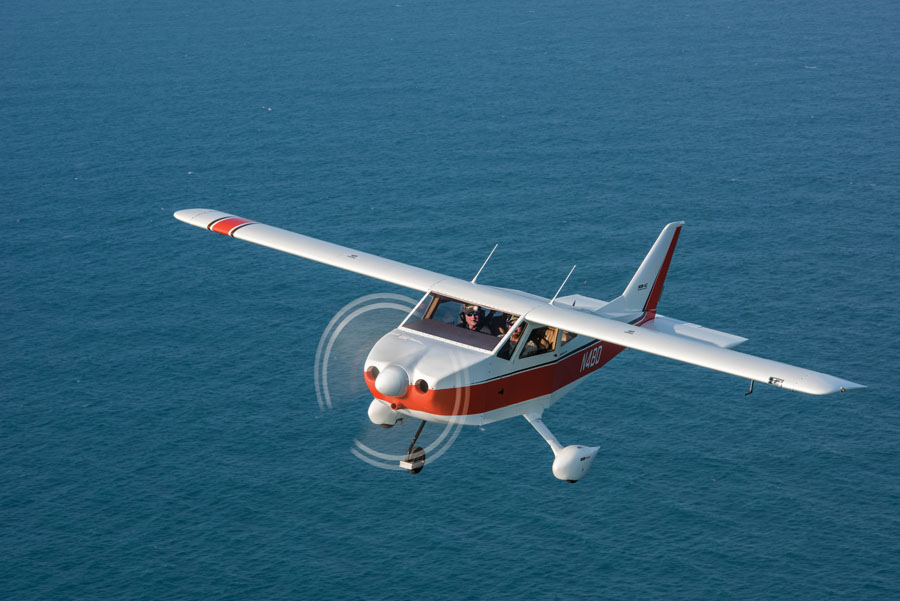
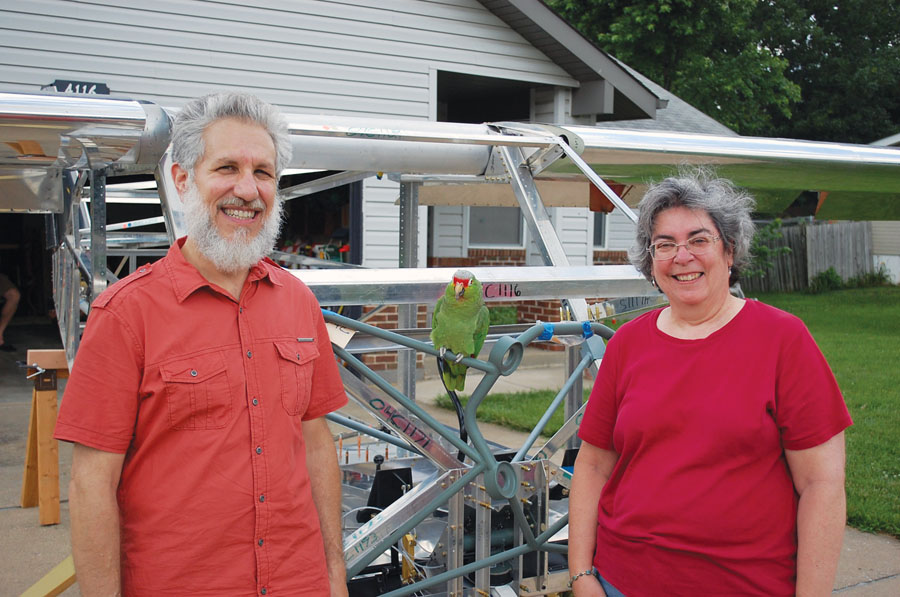
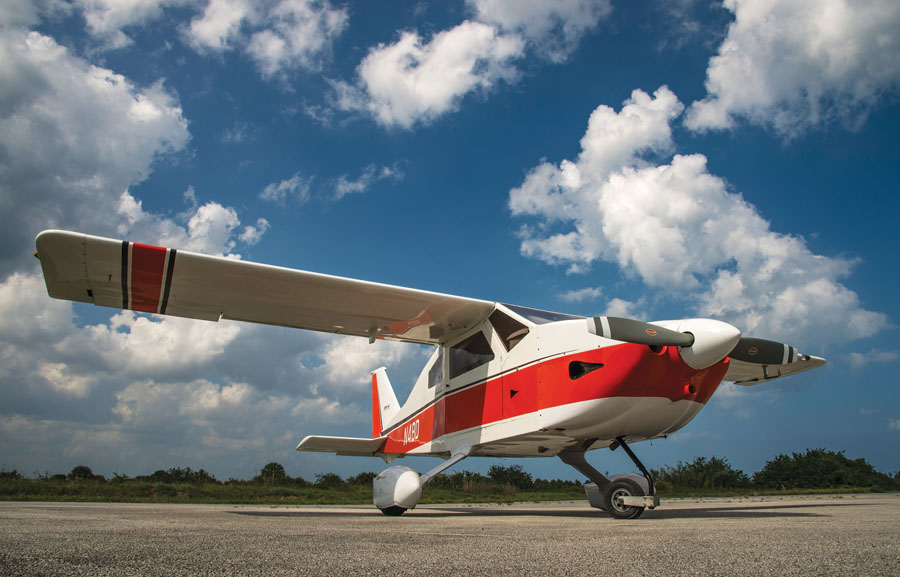
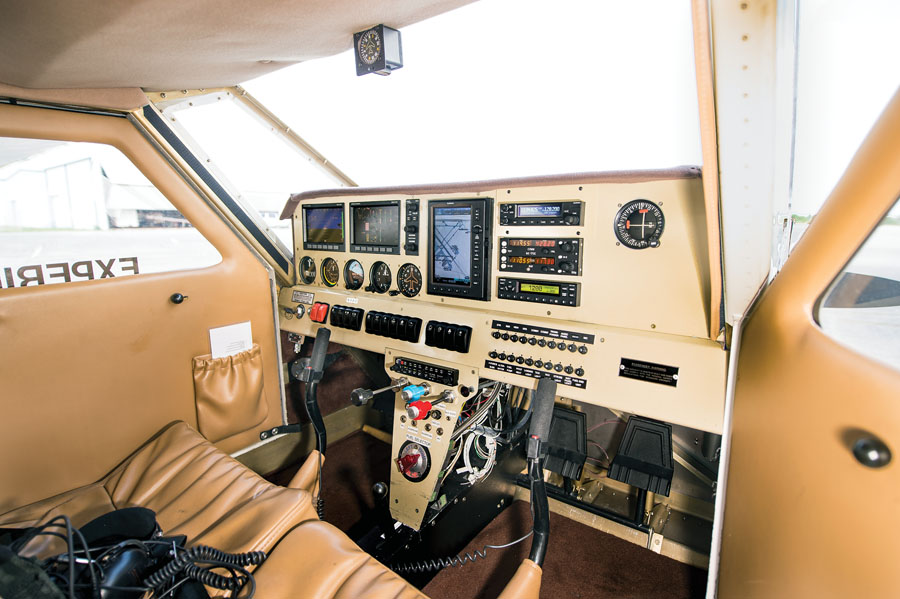

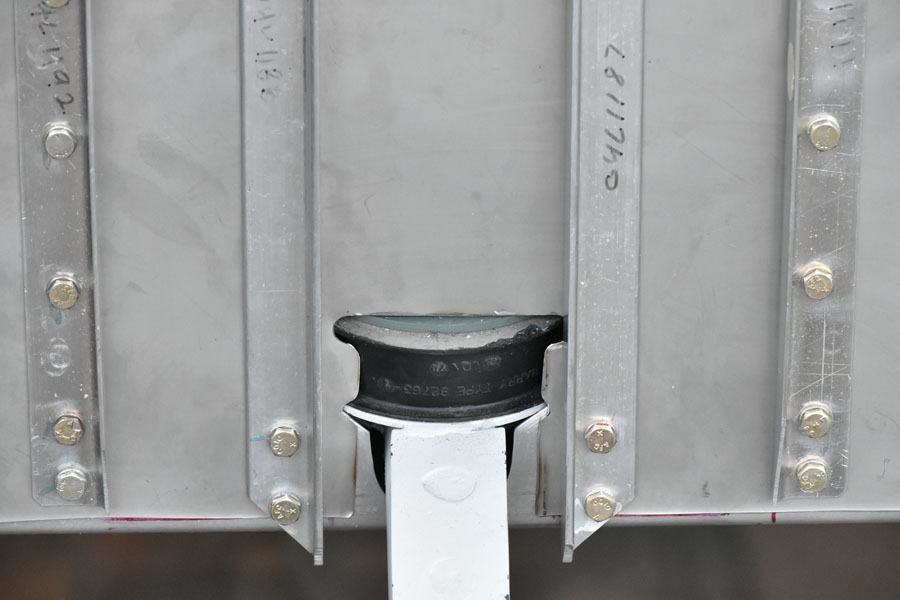
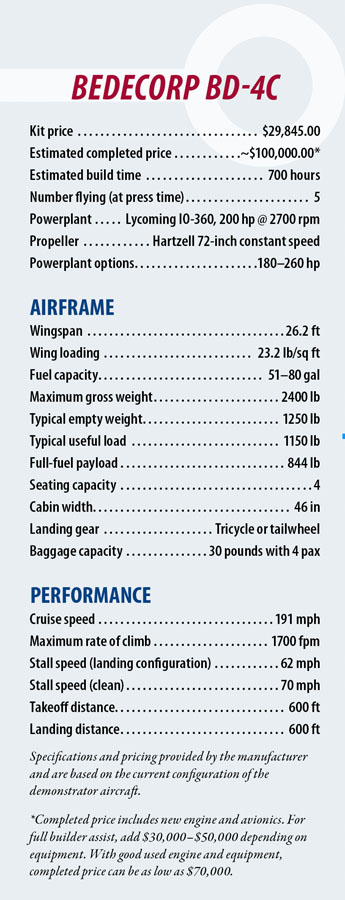
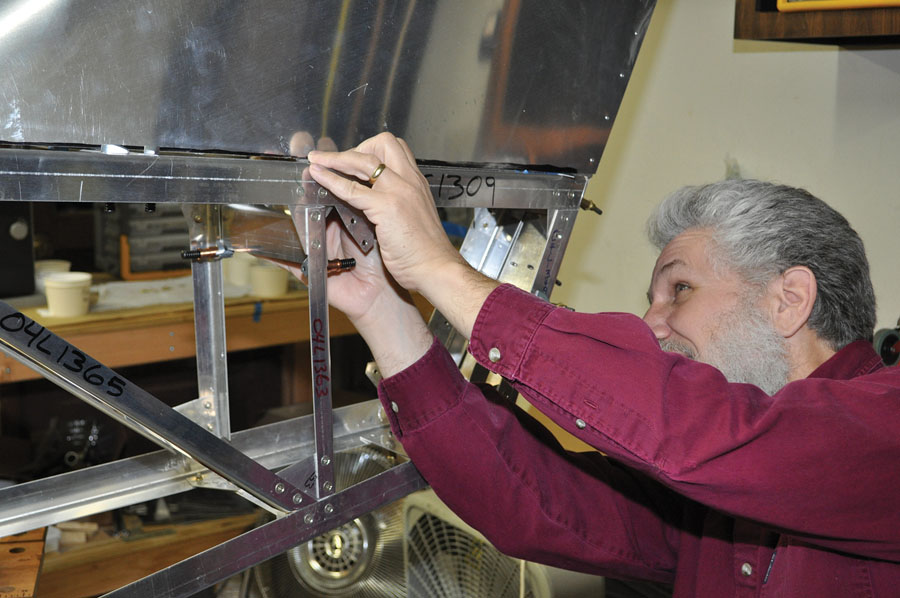

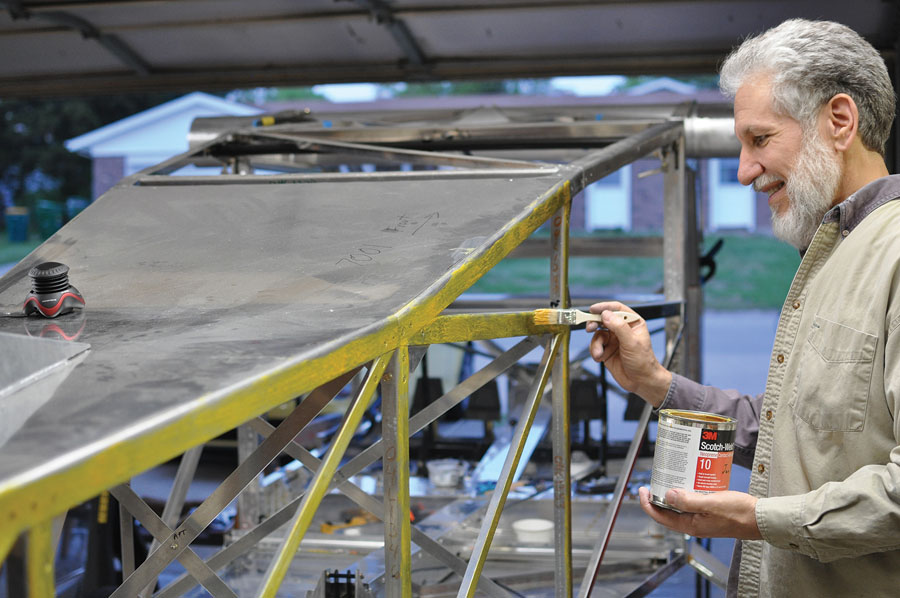

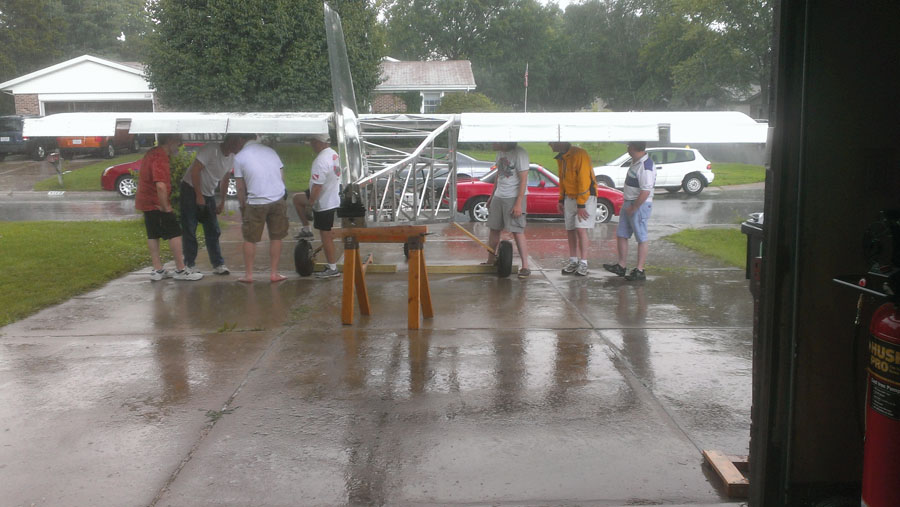

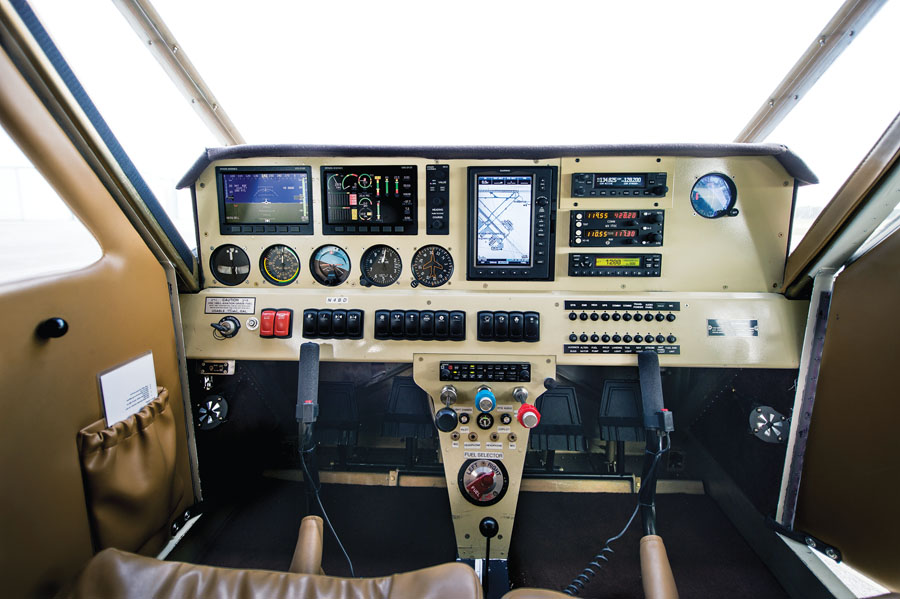
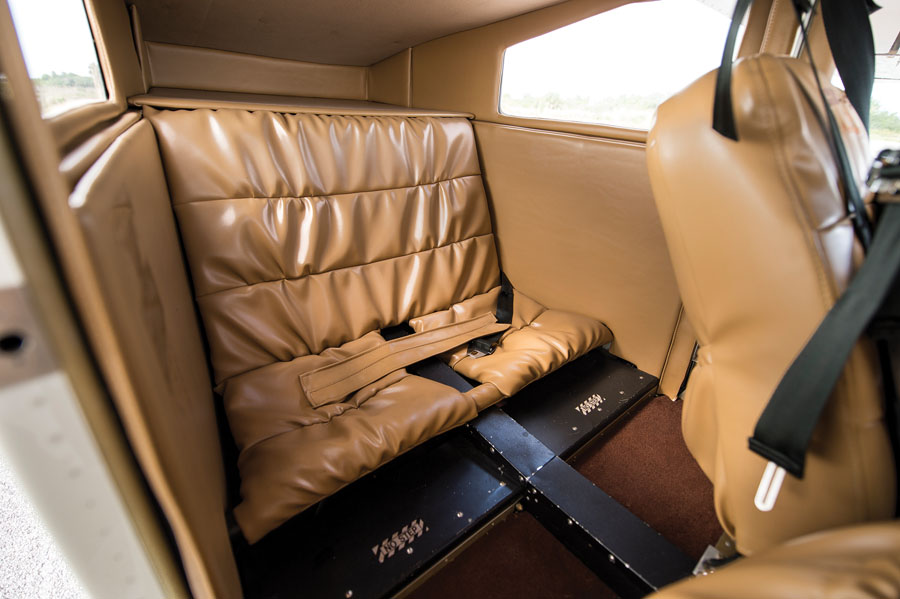

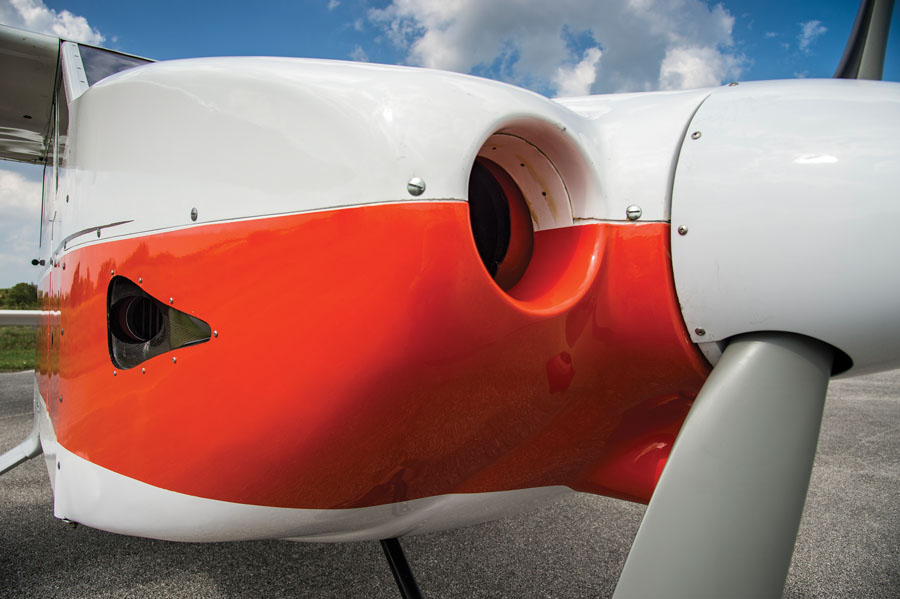

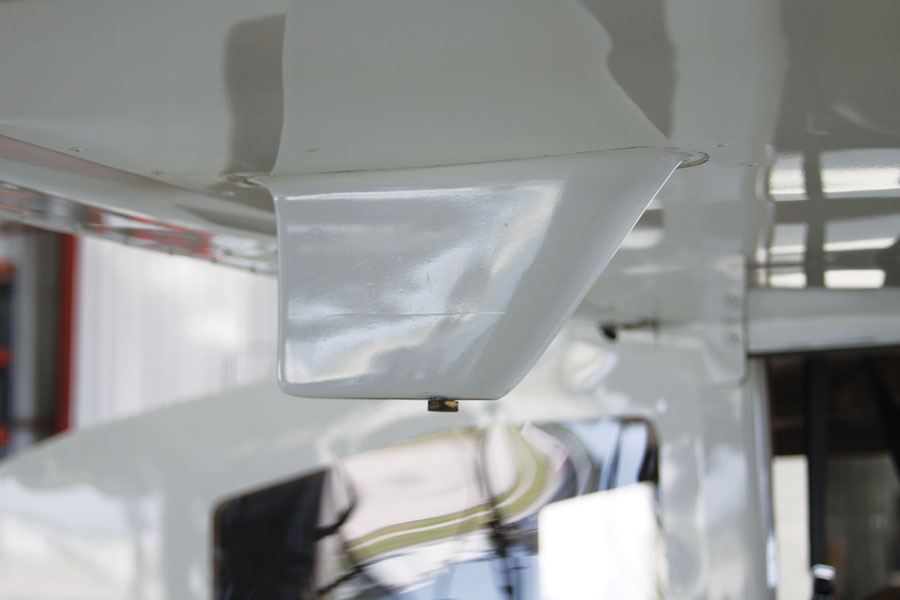
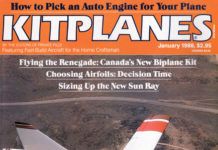
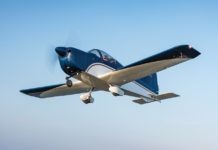
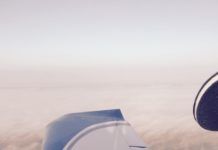
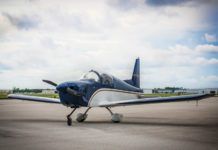
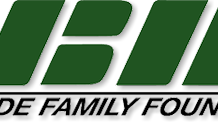
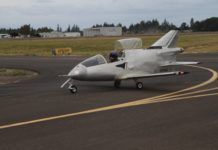
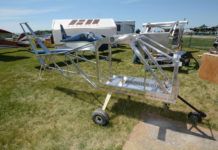
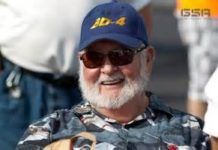
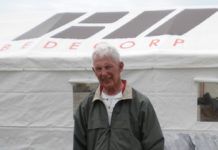
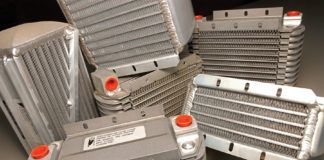
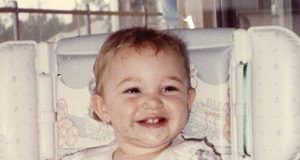
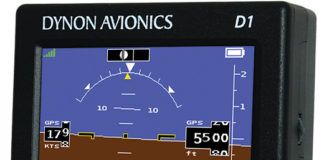
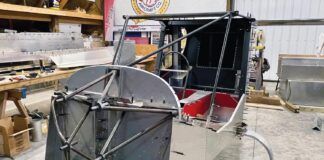
Very interesting. I’ve always liked the Bede.
If you don’t mind, I’d like to translate this piece (in Italian) and post it on my blog.
Thank you.
Best,
L.
Superb article.
‘Nuff said (‘cept Happy New Year).
Allan Spreen
No cruise speed run in Paul’s test? I seriously doubt it cruises at 190mph (Bede’s claim).